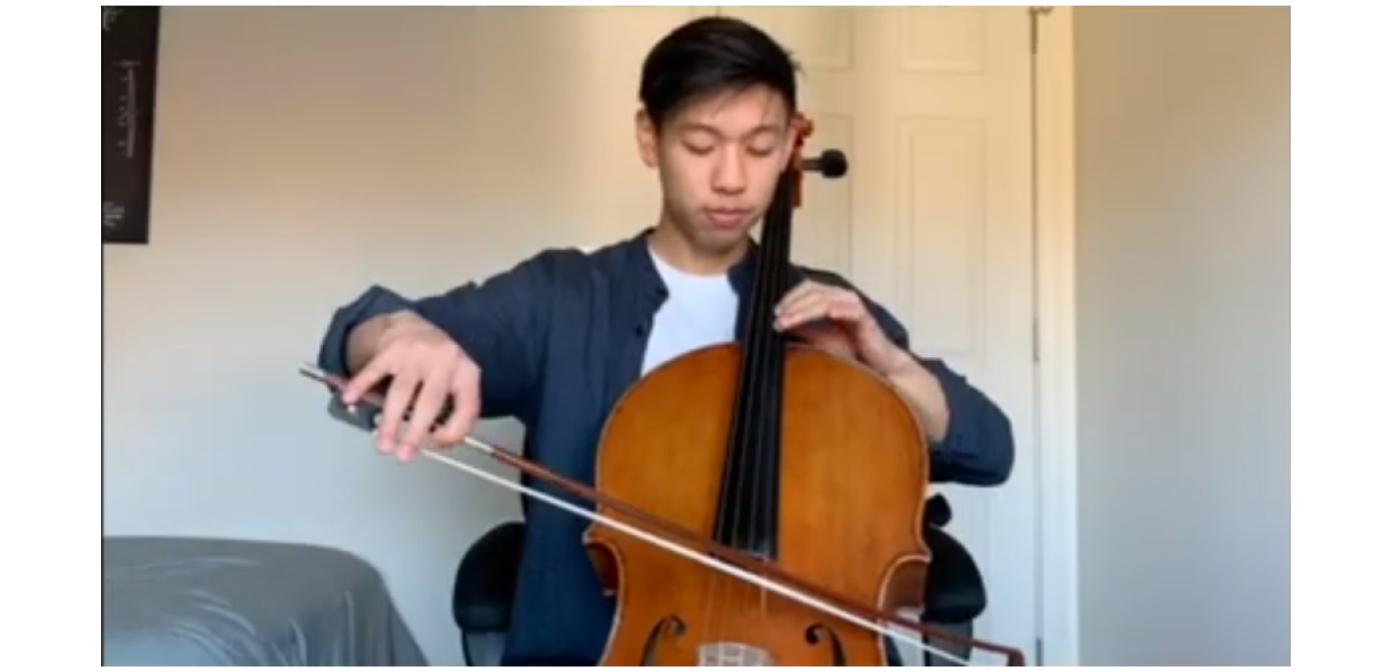Tips for Shifting
In this video, cellist Haddon Kay walks us through how to practice shifting.
There are three aspects to shifting: the mental, physical, and artistic aspect.
Mentally, hear the correct pitches of the start and end note. Really hear the shift. You can even sing the pitch out loud to make sure you really know what it is! Practice your intonation by matching what you are playing to the pitch you hear. This method ensures that you have a standard to tune off of and that you have a clear place to shift from and to.
Physically, build muscle memory. First, play the start and end note separately and repeatedly, memorizing each note's hand frame. Next, practice your shift with a glissando, slowly and constantly moving your arm between notes. As you feel more and more comfortable, slowly increase the tempo. Building muscle memory with slow practice will increase the shift's reliability when you perform!
Artistically, how should the shift sound? This is your chance to experiment! Try playing the shift on the old bow, new bow, and same bow. Try playing the shift with the same finger or a new finger. Try hiding the shift without any glissando or exaggerate the glissando. Remember, context of the piece is key!
Remember, the best shifts, no matter how accurate, are confident! Be patient in the practice process and confident in your ability.
Do you have practice solutions for shifting? Tag us in your video this week sharing your solutions and progress. Use #practicenotes and the title "Week 4" so we are sure to see your video! You can tag us anywhere on Youtube @PracticeNotes or Instagram @project.practicenotes. Videos will be featured on our website and Instagram.
THANK YOU so much for watching and happy practicing!
